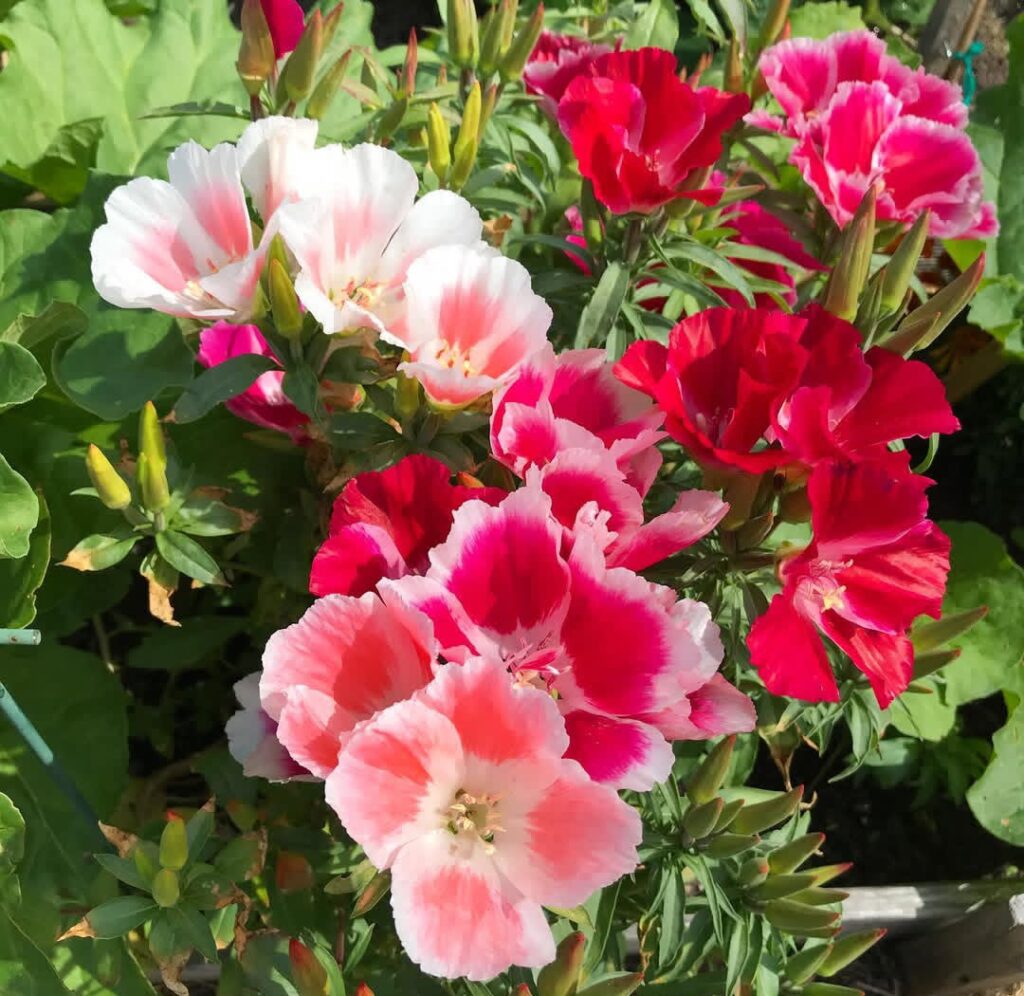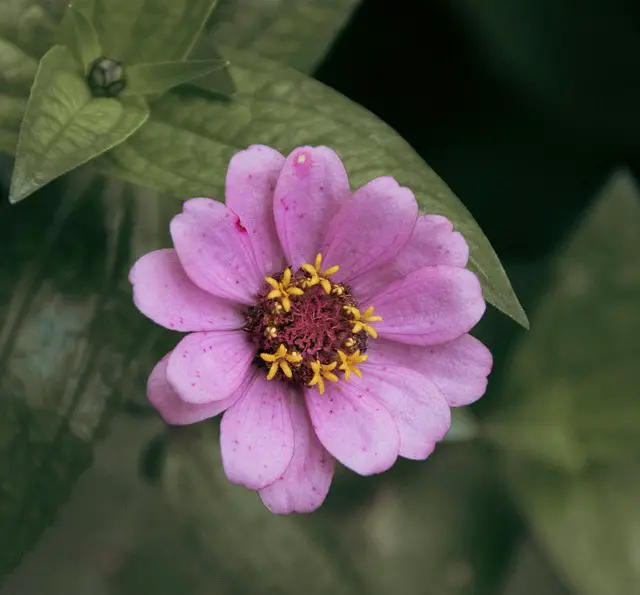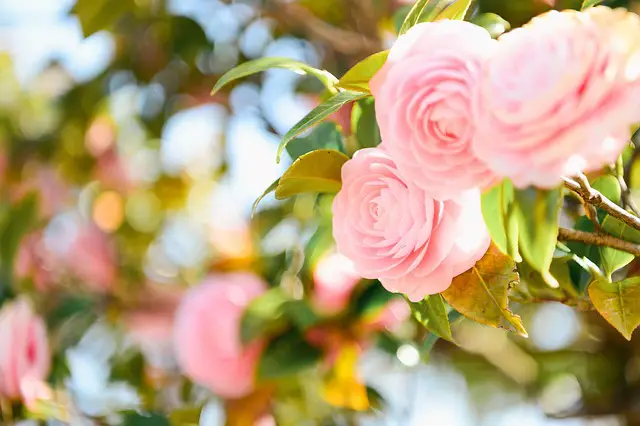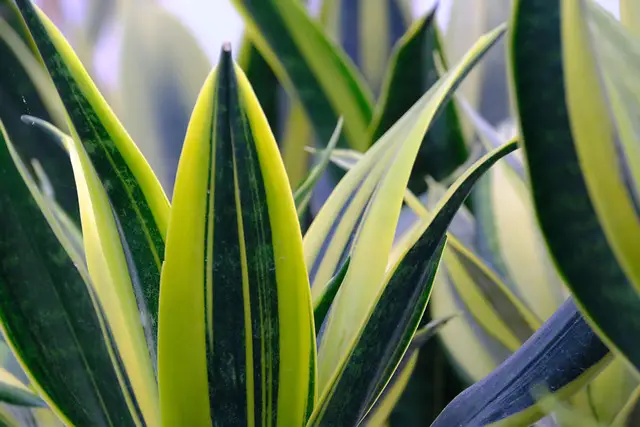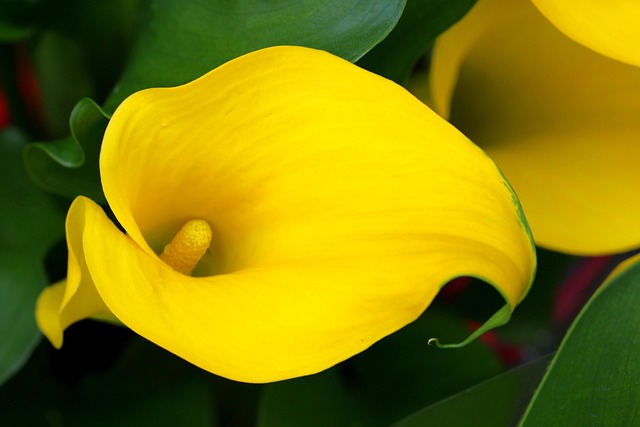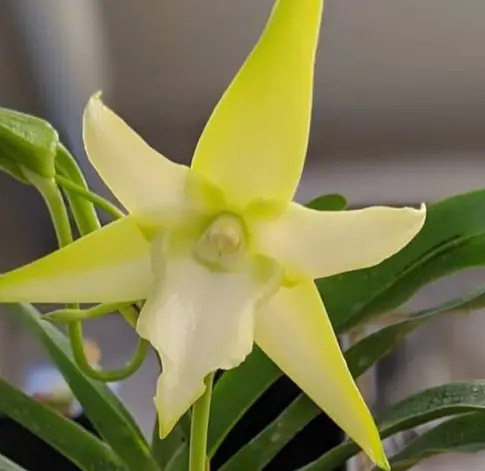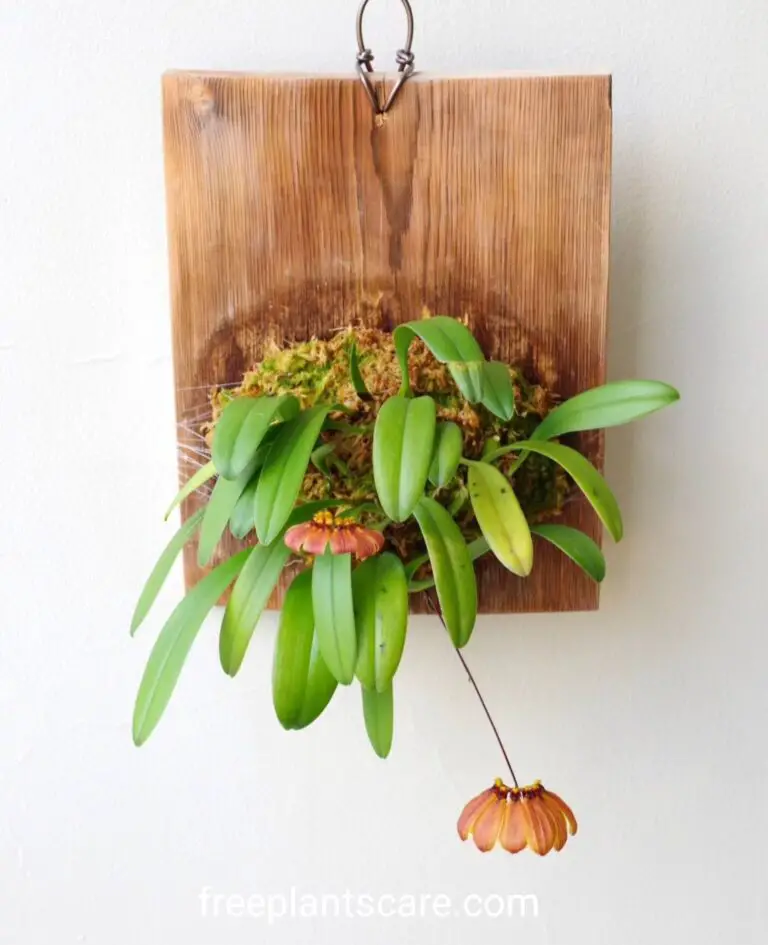Clarkia plant are native to western North America and the most recognizable species is Clarkia unguiculata, which has stunning purple flowers with white centers that bloom from April to July. This flowering perennial can reach heights of up to 5 feet with an equal spread and prefers full sun and sandy, well-drained soil. Although they’re easy to care for once established, new Clarkia plant owners should follow these simple guidelines to give their plants the best possible start
Clarkia (Clarkia unguiculata) are annual or short-lived perennial plants that produce showy flowers in shades of red, pink, purple, blue, orange and white. Clarkia plant. require full sun, grow in most soil types and tolerate either dry or moist conditions. Although typically grown as annuals,
they can also be grown as perennials in areas with mild climates year-round. Growing Clarkia from seed can be difficult because the seeds need cold to germinate; however, by following the proper steps you can successfully grow Clarkia plant from seeds without having to rely on cold temperatures.
Clarkia plants have beautiful, bright colored flowers that bring joy to your garden and home, but Clarkia plants care can be tricky because they have very specific needs. These flowers are very delicate, so it’s important to know how to grow Clarkia plants properly to ensure you get the most out of them and keep them thriving year after year

Light requirements
Caring for your Clarkia plant doesn’t have to be complicated. One of the most important aspects of keeping your plant healthy is providing it with the proper amount of light. Clarkia plants require a full sun location and at least 6 hours of direct sunlight each day.
If you don’t have a place that gets full sun, you can place your plant near a south or west facing window. Make sure that it’s not too close, however, as the intense sunlight coming in through the window can damage the plant. Additionally, if you don’t have a place in your home that gets enough sunlight, you can use artificial lighting to provide your plant with the extra light it needs.
If you find that your Clarkia plant isn’t getting enough light, you may notice that it becomes pale and starts to droop. If this happens, try moving the plant to an area with more sunlight and you should see a dramatic improvement.
Watering
When the Clarkia plant is actively growing, you may need to water it more frequently. You should also take care not to overwater it, as this can lead to root rot and other problems. Make sure you allow any excess water to drain away from the pot completely before adding more.
By watering your Clarkia plant regularly, you can ensure that it has access to the right amount of moisture it needs to stay healthy and happy. Avoiding overwatering will help prevent roots from rotting, while keeping the soil moist will help promote growth. The roots grow best in a loose, porous soil with good drainage. Make sure there are plenty of drainage holes at the bottom of your container so that they don’t get clogged up with water or soil when you water them!
Fertilizing
When fertilizing, be sure to apply it evenly around the base of the plant, avoiding the leaves and flowers. If you are using a liquid fertilizer, dilute it according to the directions and use it in the early morning or late evening when the sun is not too hot. Water thoroughly after applying any type of fertilizer to help the plant absorb the nutrients.
Keep in mind that over fertilizing your Clarkia can lead to yellowing of the leaves and other signs of nutrient burn, so make sure you’re not overdoing it with the fertilizer. With proper fertilizing, your Clarkia should stay lush and vibrant throughout the growing season.
Repotting
If you have recently acquired a Clarkia plant, then you may need to know how to properly care for it. One of the most important aspects of Clarkia care is repotting. Repotting your Clarkia will help ensure that it remains healthy and happy. Here are some tips to help you repot your Clarkia plant successfully:
- Before you start, make sure you have the right potting soil for your Clarkia. The best type of potting soil for Clarkias is one that is well-draining, yet still holds moisture well. You should also make sure to mix in some compost or other organic material.
- Once you have the soil ready, remove your Clarkia from its current pot. Gently loosen the soil around the roots before carefully removing the plant.
- Place your Clarkia in its new pot, making sure that the root system is spread out evenly. Fill the pot with your prepared soil until it is just below the rim.
- Water your Clarkia thoroughly, until the water begins to drain out of the bottom of the pot.
- Place your newly potted Clarkia in a spot that receives bright, indirect light. This could be in a window or near a bright, indirect light source.
With these tips in mind, you should be able to successfully repot your Clarkia plant. Make sure to water it regularly and provide it with enough light and you will be able to enjoy its beauty for many years to come!
Pests and diseases
It’s important to keep an eye out for pests and diseases when caring for a Clarkia plant. While Clarkias are generally easy to grow and resistant to most pests and diseases, some potential problems can arise.
Aphids, mealybugs, and scale insects are the most common insect pests that affect Clarkias. These pests can be treated with insecticidal soaps or horticultural oils. You should also inspect your plant regularly for signs of disease, including spots, lesions, or wilting.
Powdery mildew is the most common fungal disease affecting Clarkias. This disease causes a white or grayish powdery coating on the leaves of the plant. You can treat powdery mildew with fungicidal sprays or by removing affected leaves from the plant.
Keeping your Clarkia plant in a sunny location with good air circulation will help reduce the chance of pest and disease problems. Make sure you water your Clarkia regularly but don’t over-water it as this can lead to root rot. Lastly, make sure to fertilize your Clarkia every two weeks to ensure it has enough nutrients to remain healthy .
FAQS
What is a Clarkia plant?
The Clarkia plant is a genus of annual flowering plants native to North America. Known for its vibrant blooms, it is a popular choice for gardens due to its ability to thrive in various climates and soil conditions.
Where should I plant Clarkia plants?
Clarkia plants grow best in areas with full sun to partial shade. Choose a location with well-draining soil to prevent root rot and promote healthy growth.
What type of soil is best for Clarkia plants?
Clarkia plants prefer well-draining soil with a slightly acidic to neutral pH. They can adapt to poor soils but thrive better in nutrient-rich environments
When does the Clarkia plant bloom?
The Clarkia plant typically blooms in late spring to early summer, producing vibrant flowers in shades of pink, purple, red, and white.
Do Clarkia plants need fertilizers?
Clarkia plants are low-maintenance and do not require heavy fertilization. A light application of a balanced, all-purpose fertilizer during the growing season can encourage more blooms.
Are Clarkia plants suitable for cut flowers?
Yes, Clarkia plants are excellent for cut flower arrangements. Their long-lasting blooms and delicate appearance make them a favorite for bouquets.
How can I encourage more blooms on my Clarkia plant?
To encourage more blooms, deadhead spent flowers regularly to prevent the plant from going to seed. Provide sufficient sunlight, water, and occasional feeding for the best results.
Are Clarkia plants resistant to pests and diseases?
Clarkia plants are relatively pest-resistant but can occasionally attract aphids or caterpillars. Proper spacing and good air circulation help prevent common fungal diseases.
